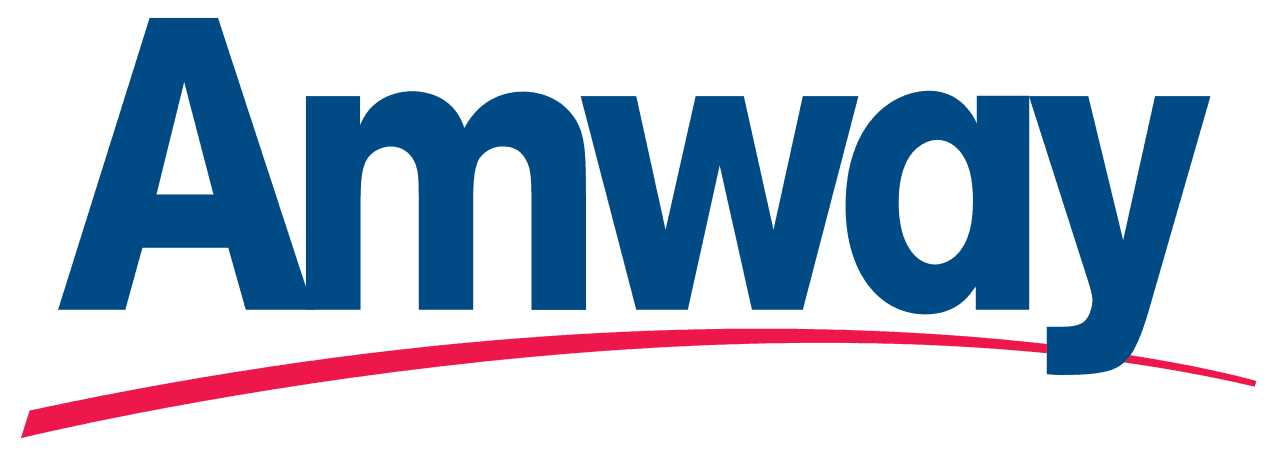About Amway

Amway (short for “American Way”) is a health, beauty, and home care multi-level marketing (MLM) company based in the United States. Jay Van Andel and Richard DeVos founded the company in 1959 in Ada, Michigan, and it is headquartered there.
In 2019, Amway and its Alticor-affiliated companies reported $8.4 billion in sales. It operates in over one hundred countries and territories through a network of affiliated companies.
Amway is the largest direct-selling firm in the world. They manufacture and distribute personal care, beauty, nutrition, and home products that are sold exclusively through Amway Independent Business Owners in over 100 countries (IBOs).

More than 800 patents are owned by Amway. They have spent $335 million in new manufacturing and R&D facilities across America in the last seven years, adding one million square feet to their Michigan, California, and Washington factories.
Now that we’ve covered the fundamentals of the company, let’s take a look at Amway’s S.W.O.T analysis in the next section of the blog.
Amway’s S.W.O.T Analysis
A SWOT analysis is a method for determining a company’s strengths, weaknesses, opportunities, and threats.
It’s a great tool for figuring out where the company excels and where it falls short, developing countermeasures, and figuring out how the company can grow. So, here is Amway’s SWOT analysis:
Amway’s Strengths
The unique capabilities of an organization that gives it a competitive advantage in capturing more market share, attracting more customers, and maximizing profits are referred to as its strengths.
Stronger Global Presence: Amway has a strong global presence, with over 3 million business owners/agents in over 80 countries. This demonstrates that Amway is not overly reliant on a single market.
Diverse Product Range: Amway offers approximately 115 products in five different categories: personal care, nutrition and wellness, home care, gift catalog, and cosmetics.
Received many accolades: Amway has received numerous awards, including LEED Gold certification, the Asia Pacific Frost & Sullivan Filtration Company of the Year Award, and much more.
Diversified consumers: Amway’s product portfolio caters to a wide range of consumers, from infants to the elderly. Despite this, women are the primary consumers of Amway products.
Employee Base: Amway employs more than 16000 people. It provides training and invests heavily in research and development for its products.
Amway’s Weaknesses
Weaknesses are aspects of a company or brand that need to be improved. The following are Amway’s major flaws:
Falling sales: Amway’s sales have fallen in the last two years. Amway announced a decrease in revenue for 2019. In 2018, revenue was $8.8 billion US dollars, and in 2019, it was $8.4 billion US dollars.
Limited mode of availability: Amway products are only available through business owners/agents who are direct sellers or online sellers. This reduces Amway’s market share.
Multi-Level Marketing: MLM is always considered a risky business, and the chain can collapse at any time if a top player leaves or causes any other issue.
Costly Products: Amway products are relatively expensive, so the target market is limited to the premium segment.
Dependent on word of mouth: Amway is completely reliant on word of mouth publicity because it does not advertise on television or through a brand ambassador.
Amway’s Opportunities
Opportunities are potential areas for a company to focus on in order to improve results, increase sales, and, ultimately, profit.
Increasing product availability: Amway should expand its customer base by increasing product availability and exploring new mediums.
Tie-ups with salons and health experts: Amway should look into partnering with health experts, beauty experts, and salons.
Invest in analytical tools: Amway can track its MLM business using good business analytics tools in order to reach and target customers based on analytics.
Using various modes of communication: Amway should consider investing in communication and exploring options such as digital marketing to advertise internationally.
Amway’s Threats
Threats are environmental factors that can have a negative impact on a company’s growth. Amway’s threats include the following:
Low Switching Cost: Because similar products are available in the market and E-commerce has emerged, switching costs are very low, and thus brand loyalty is reduced.
Increasing competition: Amway is facing intense competition both nationally and internationally, which is preventing it from expanding its market share.
Government Restrictions: Amway’s business may be hampered by government rules and regulations.
Costs: Rising technology and raw material costs will also pose a risk.
New entrants: Dozens of new players have entered the market and are gaining market share by absorbing existing companies’ market share. Amway faces a threat because these new entrants have the potential to steal its customers.
Now that we’ve carefully analyzed the SWOT Analysis of Amway, let’s conclude the case study.









